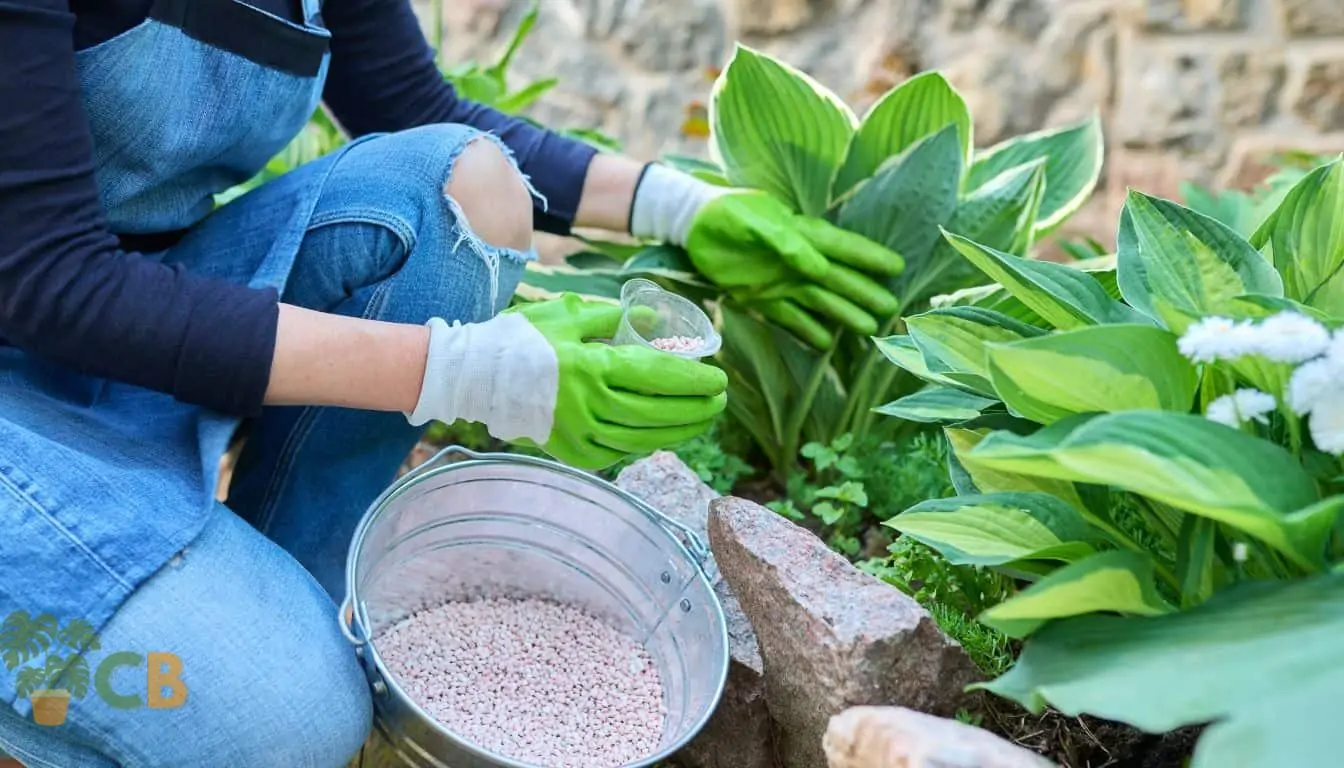Recognizing What Plants Don't Like Epsom Salt for Healthier Gardens
Recognizing What Plants Don't Like Epsom Salt for Healthier Gardens
Blog Article
Explore Why Some Plants Reject Epsom Salt as a Nutrient Source
In the detailed world of plant nutrition, the rejection of Epsom salt as a viable nutrient source by some plants presents an intriguing problem. The reasons behind this careful behavior delve into a complicated interplay of plant absorption systems, the special chemical structure of Epsom salt, and plant-specific nutrient choices.
Plant Absorption Devices
In diving into the intricate realm of plant absorption systems, it ends up being evident that the process is governed by a sophisticated interaction of molecular paths and physical characteristics. Plants soak up nutrients largely via their roots, using different transport systems to uptake important aspects such as nitrogen, phosphorus, potassium, and magnesium. Magnesium, an important part in chlorophyll synthesis and enzyme activation, plays a crucial duty in plant development and development.
The absorption of magnesium entails numerous steps, starting with its availability in the dirt remedy. Once liquified, magnesium ions are used up by plant roots with certain transport proteins installed in the cell membranes. These proteins help with the movement of magnesium throughout the origin cell walls and right into the plant's vascular system, where it is then dispersed to different cells to sustain different physical functions.
Comprehending the intricate devices behind magnesium absorption in plants drops light on exactly how this crucial nutrient adds to overall plant health and wellness and performance. By enhancing magnesium uptake pathways, growers can enhance plant yields and high quality, emphasizing the significance of understanding plant absorption characteristics for sustainable farming techniques.
Epsom Salt Chemical Framework
The chemical framework of Epsom salt, likewise understood as magnesium sulfate heptahydrate, discloses a distinctive plan of elements that contribute to its distinct homes and applications. The 7 water molecules are freely adhered to the magnesium sulfate compound, enabling it to liquify easily in water and be readily taken up by plants through their origins.
The crystal framework of Epsom salt forms monoclinic prisms, which are elongated crystals with identical ends. This crystal shape influences the physical homes of Epsom salt, such as its texture and solubility. Recognizing the chemical framework of Epsom salt is critical for understanding its habits as a nutrient resource and its interactions with plants in agricultural and horticultural techniques.
Plant-Specific Nutrient Preferences
Plants display distinctive choices for particular nutrients, emphasizing the value of comprehending their individual needs for optimal growth and advancement. Comprehending these plant-specific nutrient preferences is critical for optimizing plant returns, improving ornamental plant growth, and promoting overall plant health.

Plant-specific nutrient preferences can additionally differ based on whether the plant is a monocot or dicot. By customizing nutrient supplements to meet the exact demands of each plant types, farmers can optimize plant development, lessen vitamins and mineral waste, and support lasting farming practices.

Soil Ph and Nutrient Uptake
Provided the critical role of plant-specific nutrient choices in optimizing growth and wellness, recognizing the relationship between soil pH and nutrient uptake ends up being paramount. Soil pH plays an important function in identifying the accessibility of crucial nutrients for plant uptake. Different plants have varying pH preferences for ideal nutrient absorption. For example, acidic dirts with a lower pH agree with for plants like azaleas and blueberries, while alkaline dirts with a higher pH suit plants such as lilacs and clematis.
Soil pH affects the chemical types of nutrients in the soil. In acidic dirts, nutrients like aluminum, iron, and manganese can come to be a lot more readily available, but excessive level of acidity can lead to toxicity issues. On the various other hand, alkaline soils might restrict the accessibility of nutrients like copper, iron, and zinc, influencing plant growth. Keeping the suitable pH level in the dirt is vital for ensuring that plants can successfully uptake the necessary nutrients you could check here for their healthy growth and efficiency.
Hereditary Elements in Nutrient Uptake
In the realm of plant nutrition, the interaction of genetic variables significantly influences the uptake click for more info of necessary nutrients important for plant development and advancement. Genetic variables play a pivotal role in shaping a plant's ability to soak up and make use of nutrients effectively.
Furthermore, hereditary variables additionally determine the performance of nutrient uptake devices within plants. Some plants may have hereditary characteristics that enhance their capability to scavenge nutrients from the soil efficiently, providing them an affordable benefit in nutrient-poor atmospheres. On the various other hand, genetic variants can additionally bring about restrictions in nutrient uptake, making specific plants much more vulnerable to shortages even when nutrients are bountiful in the dirt.
Recognizing exactly how genetic variables affect nutrient uptake is critical for developing approaches to maximize plant nourishment and improve plant efficiency in various agricultural setups. By deciphering the genetic devices involved in nutrient uptake, scientists can work in the direction of creating genetically enhanced plant ranges with improved nutrition acquisition abilities.
Conclusion

In the elaborate world of plant nutrition, the being rejected of Epsom salt as a practical nutrient source by some plants presents an intriguing dilemma. what plants don't like epsom salt. Recognizing these plant-specific nutrient choices is critical for maximizing crop returns, boosting ornamental plant development, and advertising total plant health
By tailoring nutrient supplementation to meet the specific requirements of each plant types, farmers can enhance plant growth, minimize nutrition waste, and support lasting agricultural techniques.
In the realm of plant nourishment, the interplay of hereditary aspects substantially affects the uptake of necessary nutrients crucial for plant growth and development. Recognizing these complexities in plant nutrient uptake is critical for enhancing plant development and health and wellness in agricultural techniques.
Report this page